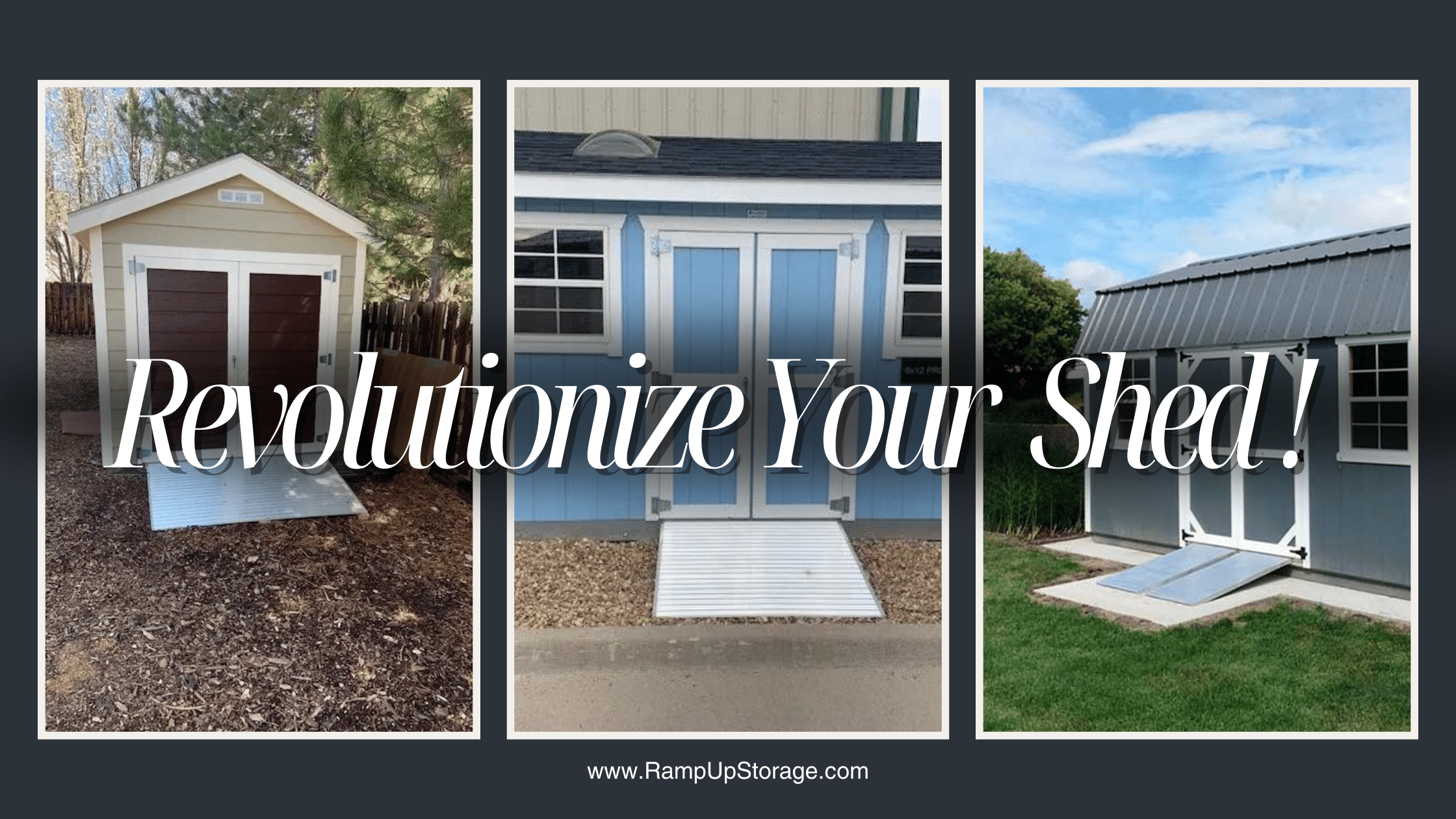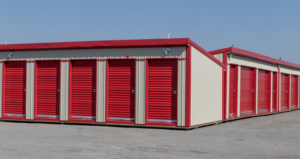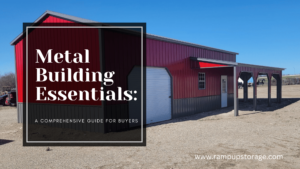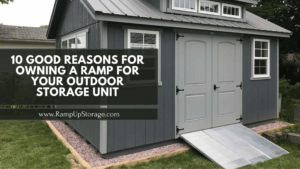Owning a shed can be a game-changer for outdoor storage solutions, and when it comes to enhancing the accessibility and functionality of your shed, ramps play a crucial role. At RampUp Storage in Troy, TX, we take pride in offering high-quality, stylish, and portable steel and aluminum shed ramps designed to make your outdoor storage experience both exciting and practical.
The Convenience of Portable Utility Sheds
Imagine having a portable utility shed that allows you to store your lawn mower, ATV, golf cart, and other equipment with ease. Our ramps are crafted with your convenience in mind, providing a seamless solution for loading and unloading items from your shed. Whether you’re a gardening enthusiast, outdoor sports lover, or someone with a passion for DIY projects, these ramps cater to your diverse needs.

Stylish and Durable Design
Our ramps are not just functional; they add a touch of style to your outdoor storage setup. Crafted from high-quality steel and aluminum, these ramps boast durability that stands the test of time. The sleek design complements the aesthetics of your shed, turning a practical accessory into a stylish addition to your outdoor space.
Configurations to Fit Every Need
We understand that one size doesn’t fit all. That’s why we offer ramps in different lengths and configurations to cater to your specific requirements. Whether you have a compact shed or a larger storage unit, our range of ramps ensures a perfect fit. This versatility makes our ramps suitable for a variety of sheds, providing a customized solution for each customer.

J-Style Track for Easy Installation
The innovative J-style track design of our ramps simplifies the installation process. Easily slide the ramps into place, securing them in the J-track effortlessly. This not only ensures a secure setup but also allows for easy removal and storage when not in use. Your shed remains versatile, adapting to your changing storage needs without any hassle.
Effortless Removal and Storage
One of the standout features of our ramps is the ease with which they can be removed and stored. When you’re not actively using the ramps, simply take them out of the J-style track, store them conveniently, and replace them when needed. This flexibility adds to the overall convenience of our ramps, giving you full control over your shed’s configuration.
Conclusion
In conclusion, owning ramps for your outdoor storage shed is more than just a practical choice – it’s an investment in convenience, style, and adaptability. At RampUp Storage, we take pride in offering ramps that go beyond the ordinary, enhancing your outdoor storage experience. Explore our range of high-quality, stylish, and portable shed ramps to take your shed to new heights of functionality and aesthetic appeal. Your storage solutions just got a whole lot more exciting! Click here to start exploring!





